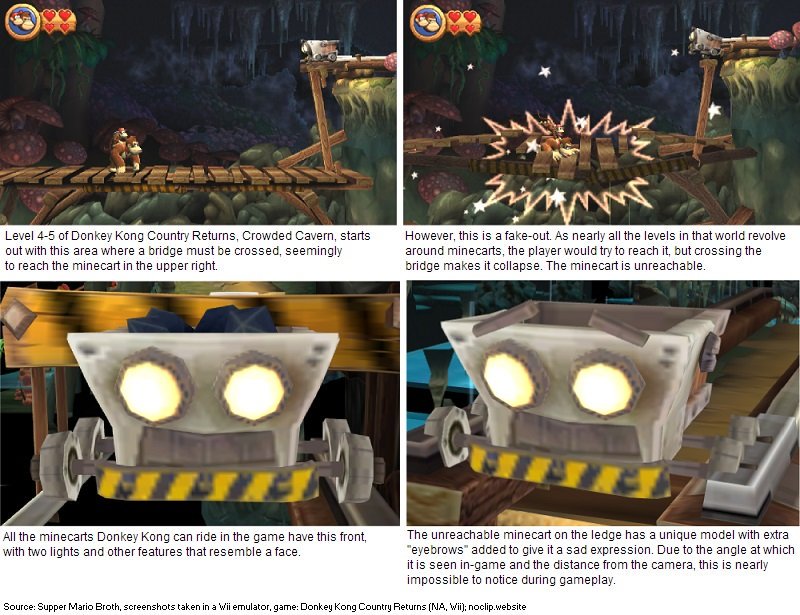1926
Super Princess Peach contains placeholder sprites to be used for Peach on the bottom screen that consist of crude scribbles with numbers for faces. Below is a mock-up animation of what the game's bottom screen could have looked like during early development.
1927
1928
1929
1930
1931
1932
1933
1934
1935
1936
1937
1938
1939
1940
1941
1942
1943
1944
1945
1946
1947
1948
1949
1950























